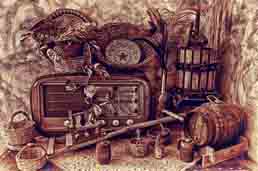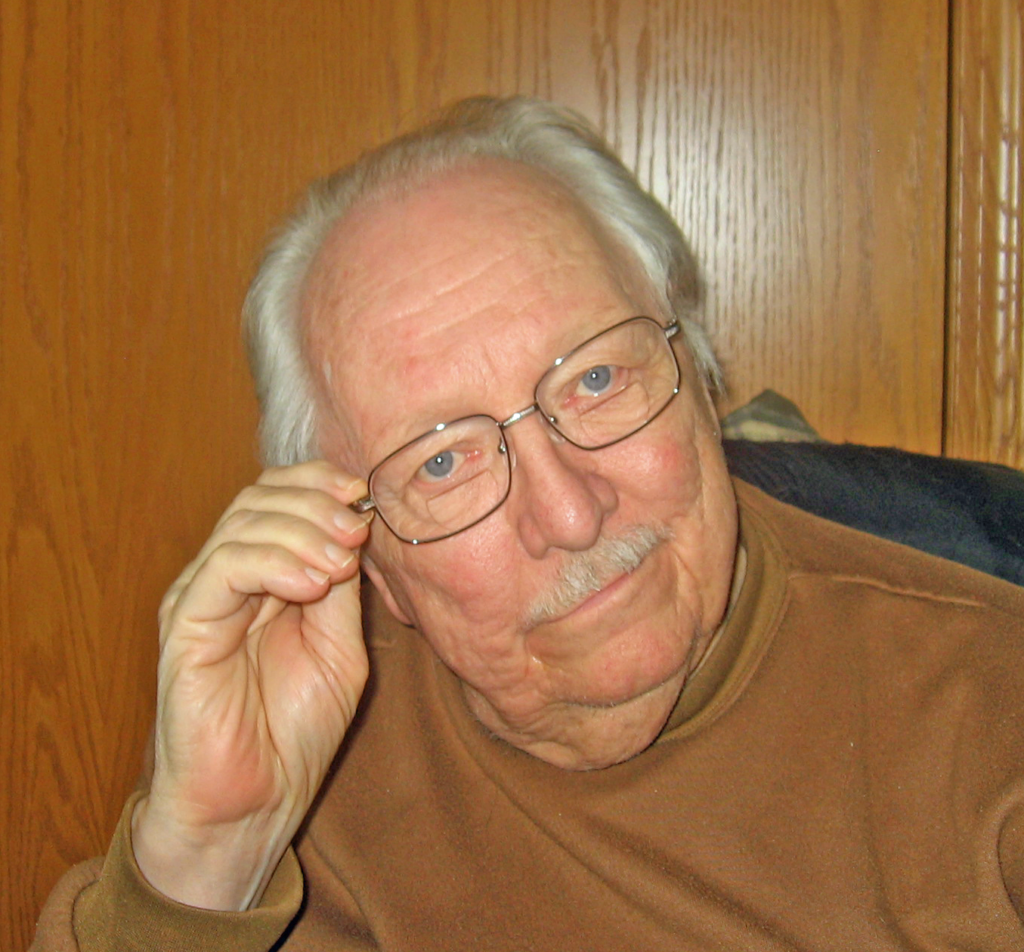Sharing is caring!
 I am convinced that every one of us has or does something that others might consider weird. I can do something few people in the world can do anymore. I can copy International Morse Code. That’s right, there is an American Morse Code too. Morse Code? What’s that? It is a way to send information letter by letter either over telegraph lines or by radio. American Morse Code is used on telegraph lines here in the United States. International Morse Code is used in radio transmissions. I have added a file that will let you listen to International Morse Code. This file is of standard emergency call SOS. Morse Code is made up of dots and dashes. The letter S is three dots. The letter O is the dashes.
I am convinced that every one of us has or does something that others might consider weird. I can do something few people in the world can do anymore. I can copy International Morse Code. That’s right, there is an American Morse Code too. Morse Code? What’s that? It is a way to send information letter by letter either over telegraph lines or by radio. American Morse Code is used on telegraph lines here in the United States. International Morse Code is used in radio transmissions. I have added a file that will let you listen to International Morse Code. This file is of standard emergency call SOS. Morse Code is made up of dots and dashes. The letter S is three dots. The letter O is the dashes.
Before I was even a teenager, I had an interest in radio. I found there was a hobby called amateur radio. I had several call letters as a licensed amateur radio operator, but my current letters are KCØEM. The Ø stands for zero, and the Ø call denotes the part of the country where I was licensed when I first moved here. It was standard practice when you copied code that you put / through a zero, so it wouldn’t be mistaken as a capital O. This came about because many commercial and military users wanted to keep their communications private and use some sort of code within their messages. They would usually appear as five-letter code groups that made no sense. You needed to know the difference between zero and a capital O to correctly decipher the message.
Although you no longer have to know International Morse Code to get an amateur radio license, when I was first licensed, I had to prove to the Federal Communications Commission, FCC, that I could copy Morse code at 5 words per minute. I think everyone could easily learn to copy International Morse Code at that speed with a bit of practice. Proving I could copy the code and passing a written test gave me what was called and still is a Novice license. When I upgraded my license to General class, I proved to the FCC that I could copy and send International Morse Code at 13 words per minute. The novice license only allowed you to use International Morse Code and nothing else. Just by chatting with people you met on the air or friends, you built your code speed up, so 13 words per minute came naturally simply by use. There used to be a license class called Advanced. You didn’t have to show any increase in code speed, but the technical part of the test was a bit harder. Finally, there is the Extra Class license. It required you to send and receive at 20 words per minute and pass a relatively tough technical test. I passed those two requirements.
I said that my weirdness was being able to send and receive International Morse Code. The FCC and most government agencies around the world have eliminated the need to know International Morse Code. I had to be able to hear Morse code be able to copy it. There are modern forms of communication where I can tell there is a signal. Still, I wouldn’t be able to make sense of it, but modern digital techniques can do what the human ear can’t. That’s the reason that International Morse Code has become obsolete. It is sort of like being able to drive a horse-drawn carriage!
People seem to be drawn to things that have become obsolete. You can still crochet, knit, cross-stitch, quilt, or use other lost arts liked tatting. I even try the last one of those lost arts. What’s your weirdness? What lost art do you practice?
